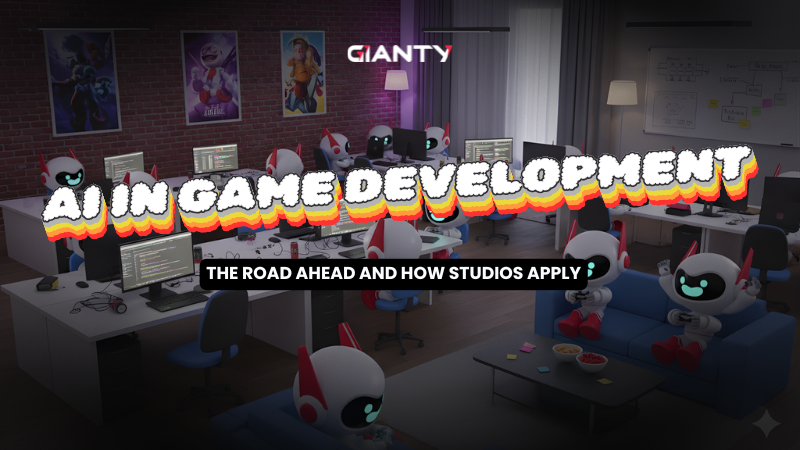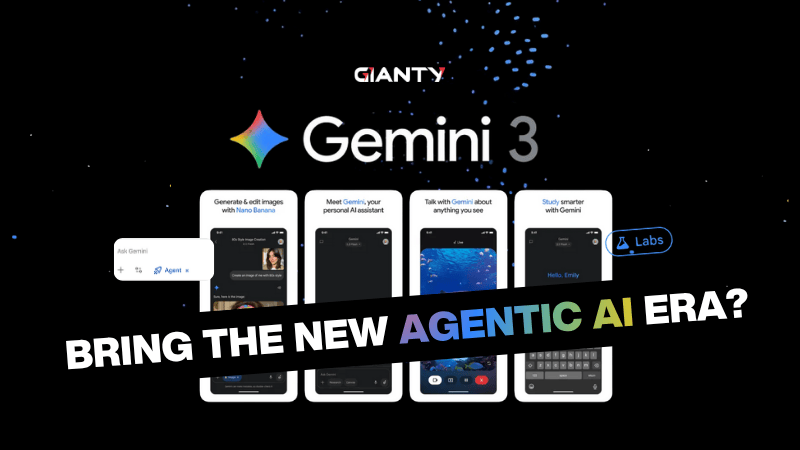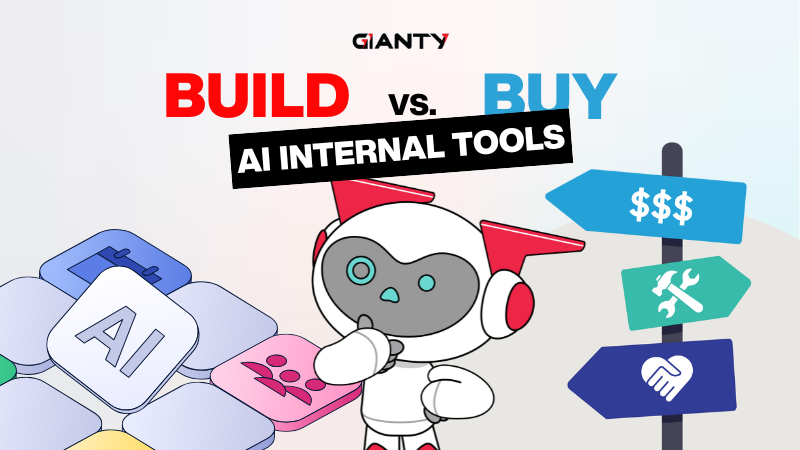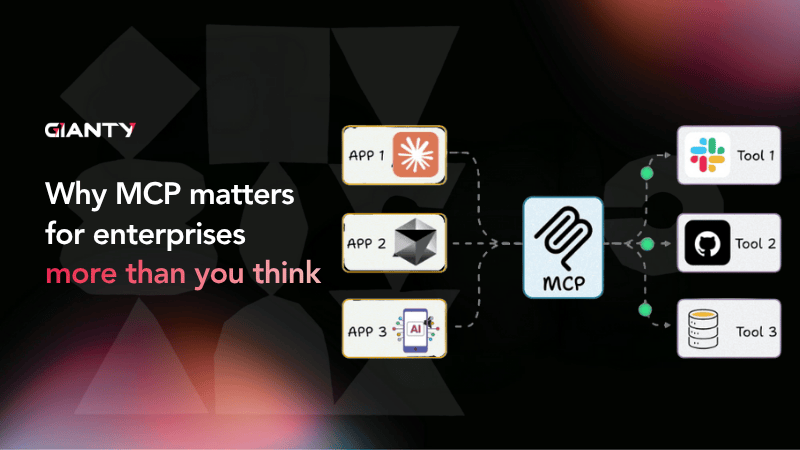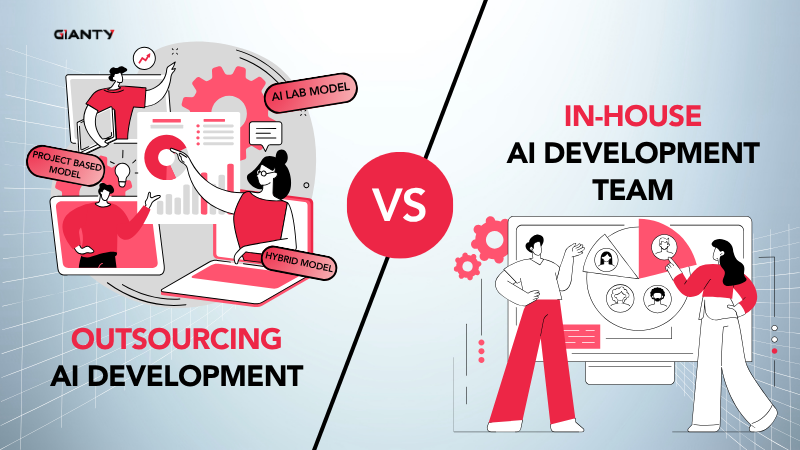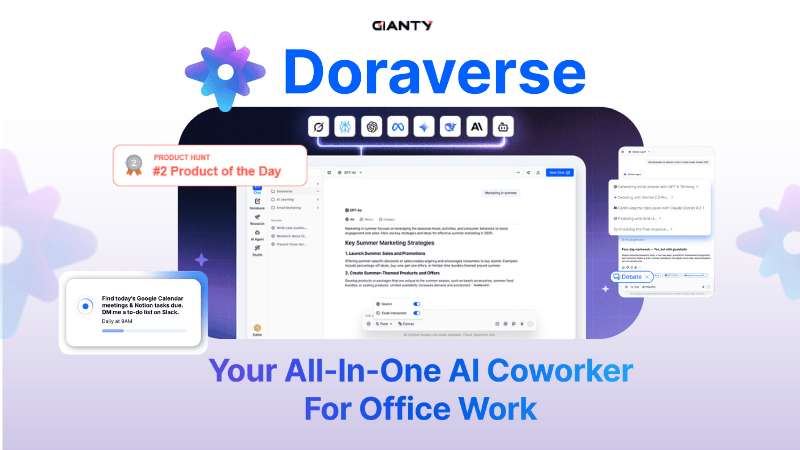It is tempting for many businesses to believe the marketing: “Set up in 5 minutes,” “No code required,” “Instant productivity boost.” The appeal of plug-and-play AI tools like Jasper, ChatGPT, and Zapier AI is undeniable.
They promise to standardize artificial intelligence, offering easy wins without the need for deep technical knowledge or lengthy implementations.
But when it comes to sustainable business transformation, these tools are often not as turnkey as they seem. Beneath their sleek interfaces lie hidden costs, technical complexities, and long-term scalability issues that can undermine AI ROI.
For leaders tasked with building smart, future-proof AI strategies, it’s critical to look past the initial convenience.
Why Plug-and-Play AI Is So Tempting
The marketing is polished. The demos are impressive. The onboarding? Frictionless.
Plug-and-play AI tools have surged in popularity because they deliver immediate value in narrow use cases: generating content, auto-scheduling emails, powering chatbots, or automating repetitive workflows.
For startups or lean teams, these tools are great for:
- MVP Experiments: Quickly prototype AI features or validate product ideas without full-scale development.
- Content Generation: Draft blog posts, product descriptions, social media content, or ad copy at scale.
- Customer Support FAQs: Deploy simple AI chatbots to handle repetitive support questions and reduce ticket volume.
- Email Automation: Personalize and schedule outbound emails, newsletters, and follow-ups with minimal setup.
- Meeting Summaries & Transcription: Use AI to transcribe meetings, summarize key points, and auto-generate action items.
But businesses with complex systems, sensitive data, or long-term scaling goals should tread carefully, as the long-term AI ROI starts to look less attractive as the hidden costs emerge.
The Hidden Costs Behind the “Ease”
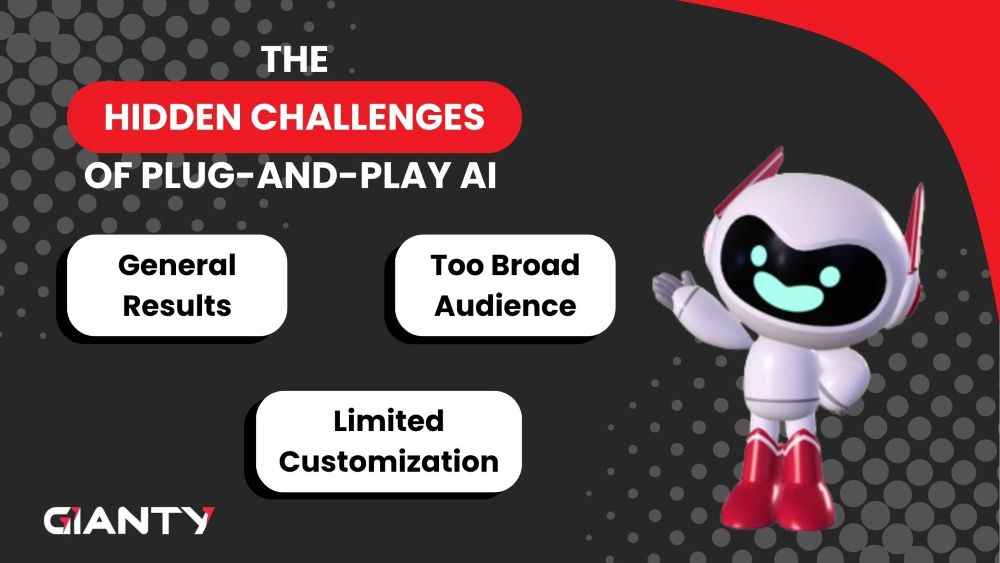
1. Generic Models = Generic Results
Most plug-and-play AI tools are trained on publicly available or general-purpose datasets. That’s fine if you’re writing blog intros. But if your business relies on proprietary processes or domain-specific nuance like finance, legal, or healthcare, these models often fall short.
2. Customization Is Limited (or Expensive)
You might be able to “fine-tune” or “add context,” but deep customization is often locked behind expensive tiers or simply not supported. Worse, you’re at the mercy of how the vendor lets you tweak the tool.
3. Built for the Masses, Not for You
These tools are built for the masses, not your unique business context. They often lack deep integration with your CRM, ERP, or workflows, forcing teams to adjust their processes around the tool. This misfit leads to inefficiencies and limited scalability.
The result? Suboptimal AI ROI that falls short of initial expectations.
The Pre-Implementation Phase: Costs You Don’t See Coming

Before the first prompt is written or the first workflow is automated, there are hidden hurdles that can delay or derail your AI plans.
Data Readiness
AI isn’t magic. It’s math powered by data. If your data isn’t clean, structured, and labeled, you’ll spend significant time and money just getting it ready.
Infrastructure Needs
Even no-code AI tools often demand upgrades: cloud compute, secure APIs, vector databases for memory, or hosting environments. This is especially true when you want to retain data control.
Talent Gaps
Yes, some tools are no-code. But understanding how to prompt, monitor, and tune AI tools still requires skilled staff. Without the right oversight, outputs are often misused or misinterpreted.
Implementation Phase: Where Things Get Messy
Once you move past setup, the real challenges often emerge during implementation: where theory meets the complexity of your unique environment.
Integration Complexities
“Works with Salesforce” is very different from “seamlessly integrates with your custom Salesforce instance.” Most plug-and-play tools struggle with legacy systems or tailored platforms, which eats into AI ROI.
Model Tuning & Prompt Engineering
Pre-trained models still need prompts tailored to your context. That’s both an art and a science, and getting it wrong can derail performance.
Testing & Validation
Rushing AI into production without sandbox testing is risky. You must simulate real workflows and stress-test edge cases, often revealing unforeseen limitations.
Delays
Implementation almost always takes longer than expected. Teams frequently get pulled off other projects, causing delays and resource strain. This can impact broader business priorities and stretch budgets.
Unexpected Bugs & Rework
Unforeseen bugs, poor data quality, or misaligned outputs often lead to costly rework cycles. Without careful oversight, you risk cascading delays and frustration that erode stakeholder confidence.
Post-Launch: The Work Really Begins
Launching a plug-and-play AI tool is far from the finish line – it actually marks the beginning of a new, ongoing operational commitment within your tech ecosystem.
Maintenance
AI models drift over time. Integrations break. APIs get deprecated. You’ll need ongoing technical support, which many vendors don’t include in basic plans.
Retraining
As your business evolves, your data changes and so should your AI. Tools that aren’t adaptable require frequent manual updates or replacements.
Monitoring & Oversight
AI needs governance: clear KPIs, feedback loops, audit trails, and escalation paths for bad outputs. Without them, you’re flying blind.
Compliance & Ethics
GDPR, algorithmic fairness, and bias audits aren’t optional. Businesses using AI – even via third-party tools – must stay accountable.
When Plug-and-Play AI Still Works
Despite the many caveats and hidden challenges, plug-and-play AI tools are not inherently bad. In fact, they can be highly effective in the right contexts, especially when resources are limited and the use cases are straightforward.
They shine in scenarios like:
- Small teams tackling simple problems like FAQs, social media scheduling, or copywriting tasks, where automation frees up human capacity.
- Immediate experiments to validate use cases without the need for major infrastructure or long-term commitments.
- MVPs or low-risk side projects where speed and cost matter more than deep customization or scalability.
Example: A startup integrates ChatGPT via API to power an FAQ bot that handles common questions and routes complex issues to human reps. This approach enables a fast setup, clear AI ROI, and minimal risk exposure.
However, even in these lower-stakes scenarios, it’s critical to establish a solid plan for ongoing monitoring, data security, and system integration to ensure the AI remains reliable and compliant as usage grows.
Smarter AI Decisions: When and How to Go Custom
As your business matures in its AI journey, the early wins from plug-and-play tools may start to plateau. What once felt fast and efficient can quickly become rigid, limiting your ability to scale, adapt, or extract meaningful value from your data.
That’s when it’s time to look beyond convenience and start thinking strategically.
When AI ROI becomes a central part of your business strategy, a tailored AI approach offers better scalability, flexibility, and long-term value.
Custom solutions enable you to avoid the hidden costs of generic tools while delivering more precise, adaptable results that align with your unique needs.
When It’s Time to Ditch Plug-and-Play:
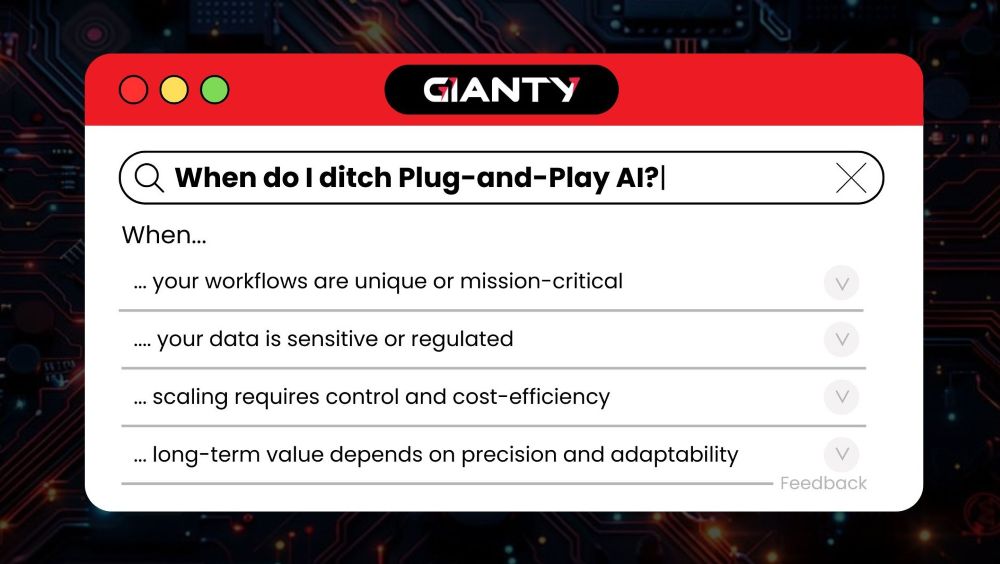
- Your workflows are unique or mission-critical – Generic tools can’t model the nuance or complexity of your business operations without major compromises.
- Your data is sensitive or regulated – In finance, healthcare, or legal contexts, data privacy and compliance are non-negotiable. A custom setup lets you maintain tighter control over data handling and storage.
- When scaling requires control and cost-efficiency – A custom stack gives you centralized governance, better integration, and clearer cost management.
- When long-term value depends on precision and adaptability – A custom AI solution can be tuned for your exact needs. The result is better accuracy, consistent performance, and far greater AI ROI over time.
In these cases, custom AI solutions that are built using platforms like OpenAI, n8n, and tailored agents offer more control to avoid all hidden costs.
Partnering for Smarter, Customized AI Solutions
Navigating this transition from plug-and-play to custom AI can be complex, which is why many organizations turn to specialists who understand both sides of the equation.
Companies like GIANTY that specialize in AI solutions bring experience in blending flexible platforms such as OpenAI and n8n with bespoke workflows and intelligent agents tailored to your unique business logic.
This hybrid approach helps avoid the pitfalls of generic solutions, enabling AI deployments that integrate seamlessly with existing systems and deliver real, measurable AI ROI.
By focusing on long-term adaptability and control, these tailored solutions empower businesses to maximize value from their AI investments while minimizing unexpected costs and disruptions.
A Checklist for Smarter AI Adoption
Here’s what you should ask before jumping into AI:
- Start With the Problem – What inefficiency or outcome are we targeting?
- Audit Your Workflows – Can this AI tool adapt to us, or are we bending for it?
- Check Data Compatibility – Can it securely and effectively use your domain-specific data?
- Plan for Scale – Will this solution grow with you, or cap your potential?
- Evaluate Vendor Lock-In – Can we export our data, models, or prompts?
- Invest in Oversight – Who must be responsible for monitoring performance and ethics?
Don’t Let Simplicity Fool You
Plug-and-play AI tools offer a tempting quick start, but relying on them as the backbone of your business can lead to hidden costs in the form of costly surprises and missed opportunities.
The true investment in AI goes far beyond licensing fees – it includes data preparation, seamless integration, ongoing monitoring, and the ability to scale effectively.
If you’re ready to move beyond the hype and build AI solutions tailored to your unique workflows, data, and strategic goals, it’s time to take a smarter approach.
Ready to explore AI – but on your terms?
GIANTY can help you craft a thoughtful, practical AI roadmap designed for lasting impact and real AI ROI on your terms, not just the market’s.



